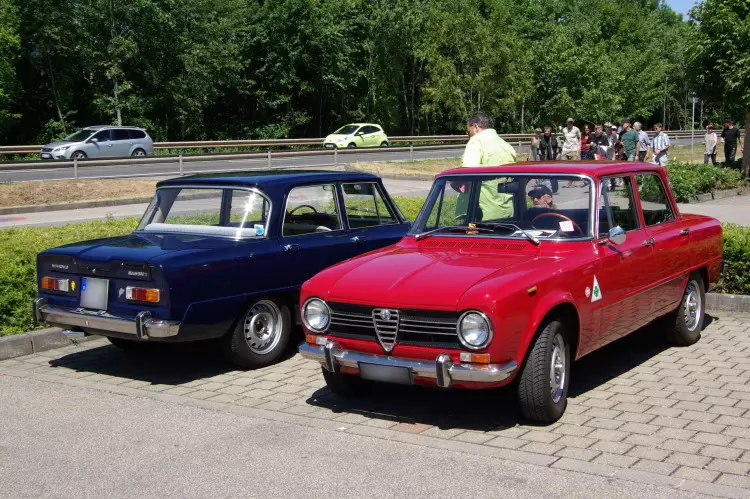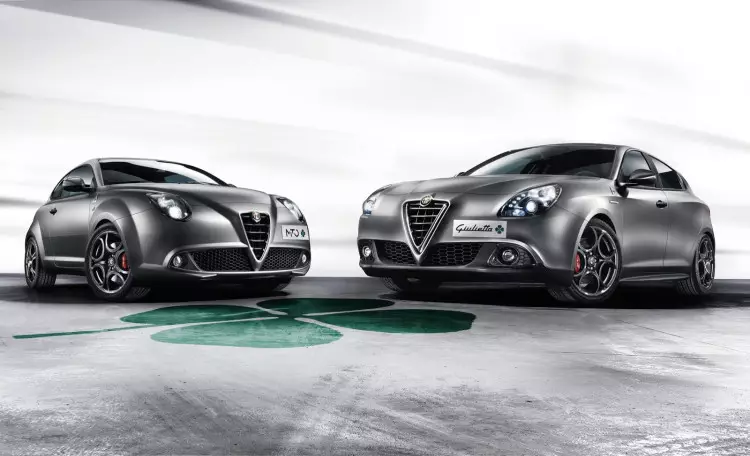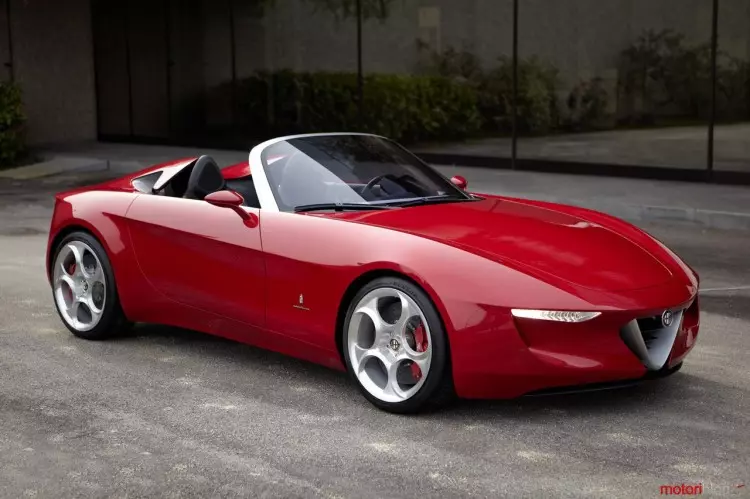In the aftermath of the extensive presentation of the FCA (Fiat Chrysler Automobiles) business plan for the period 2014-2018, the total reinvention of Alfa Romeo stands out, which should join Maserati and Jeep as one of the truly global symbols of the group .
With a brutally honest presentation by its CEO, Harald J. Wester, on the current state of the brand, he recalled the glorious past on the circuits that found no reflection in the company's accounts until the last two decades in which it diluted and destroyed the DNA of the company. Alfa Romeo for its integration within the Fiat group and even mentioning Arna as the original sin. Today it is a pale reflection of what it once was, which is why an ambitious, daring and… expensive plan comes into play to recover the image, the product and, of course, achieve the profitability and sustainability of a historic symbol.
TO REMEMBER: At the beginning of the year, we already outlined the general lines of this plan.
The plan is based on 5 essential attributes that meet the brand's DNA, which will serve as pillars for the development of its future range:
– Advanced and innovative mechanics
– Weight distribution in a perfect 50/50
– Unique technical solutions that allow your models to stand out
– Exclusive power-weight ratios in the classes in which they will be present
– Innovative design, and recognizably Italian style

To ensure the successful and effective implementation of this plan, the solution is radical. Alfa Romeo will be separated from the rest of the FCA structure, becoming its own entity, down to the management level. It is a complete break with the current state of affairs and is the way found to really become a credible alternative to powerful German rivals, without compromising due to common strategies, as happens in most automobile groups.
TO NOT LOSE: The rally "monster" the world has never known: Alfa Romeo Alfasud Sprint 6C
With day-to-day operations taking charge of two veteran Ferrari leaders, the main reinforcements will come in the field of engineering, with Ferrari and Maserati providing part of this new team, which will result in tripling in number to 600 engineers. in 2015.
This massive reinforcement will create a referential architecture on which future global Alfa Romeo models will be based, joining the use of exclusive mechanics and others adapted from Ferrari and Maserati. The results of this total strategic and operational reinventing of the brand will be visible with the presentation of 8 new models between 2015 and 2018, with exclusively Italian production.

Called Giorgio, the new platform that will serve as the basis for practically all new models planned, responds to the classic layout of a longitudinal front engine and rear wheel drive. Yes, the entire future range of Alfa Romeo will transmit power to the ground via the rear axle! It will also allow four-wheel drive, and as it will cover multiple segments, it should be quite flexible regarding dimensions. To guarantee the profitability of this architecture, it should also find a place in Chrysler and Dodge models, which will guarantee the necessary volumes.
The Alfa Romeo range in 2018
It will be an Alfa Romeo quite different from the one we know today. The 4C, which for the brand is the perfect representation of its DNA, and was the starting point for its reinvention, will be the only model that we will recognize from the current portfolio. It will continue to evolve, as we have seen, and at the end of 2015, we will see the sportier QV version, assuming itself as the top of the range. In any case, all brand new models must include a QV version.
The current MiTo will simply be terminated, with no successor. Alfa Romeo will start its range in the C-segment, where we currently find the Giulietta. And, if all models will have rear-wheel drive, so will the Giulietta's successor, arriving on the market sometime between 2016 and 2018, and, for now, with two different bodyworks planned.

But first, in the last quarter of 2015 will arrive the vital successor to the Alfa Romeo 159, known, for now, as Giulia, but still without official confirmation of the name. The future competitor to the BMW 3 series is also planning two bodyworks, with the sedan coming first.
REVIEW: Introducing the Alfa Romeo 4C: thank you Italy «che machinna»!
Above this, already in the E segment, we will have the pinnacle of the Alfa Romeo range, also in sedan format. Originally intended to share platform and mechanics with Maserati Ghibli, it turned out to be too costly an option, so recovering from this project was only possible thanks to the new platform that is being developed.
An absolute novelty will be the entry into the profitable and growing crossover market, and soon with two proposals, more focused on asphalt than on off-road capabilities, covering the D and E segments, or as a reference, equivalent to the BMW X3 and X5.

In addition to the 4C as a specialized model, a new model has been announced that will be placed above this one, which will be the Alfa Romeo halo model. We can only speculate, but there is a strong possibility of deriving from what has already been confirmed for the Maserati Alfieri production.
Not only was the future models made known, but the future engines that will equip them were also announced. The V6s will return to the Arese brand! Derived from the familiar Maserati thrusters, they will equip the top versions of their models. There will be otto and diesel V6s, with generous numbers. The gasoline V6, for example, should start at 400hp. The bulk of sales will be provided by 4-cylinder engines, two of them Otto and one diesel.
All of this will involve a large investment of approximately 5 billion euros over the next 4 years. And this bet on a product, which will significantly expand the brand's range, should equal sales of 400 thousand units annually in 2018. A giant leap, considering the 74 thousand units sold in 2013, and which should be even less this year.
